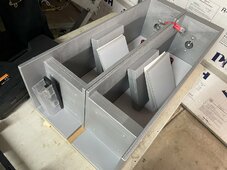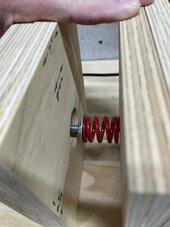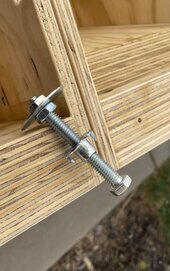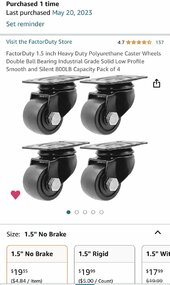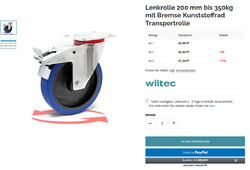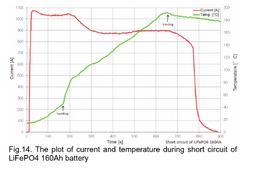silverstone
Solar Enthusiast
- Joined
- May 3, 2022
- Messages
- 1,041
So @upnorthandpersonal I tried to emulate your design, just to cross-check some dimensions.
I could barely made it below 600mm width and I'm not sure if in real life I can get it working.
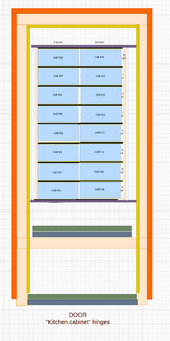
Legend:
- Thick Beige is 45x100 mm wood for framing
- Medium Red is "Lister" 22mm x 100mm
- Thin Orange is Plywood 12mm thick
- Purple is compression steel block
- Green / Dark Blue is each 12mm plywood, used for mounting plate & "door"
There seems to be quite some overhead in terms of unused space.
Should I:
- Use 38 x 57 mm wood instead of 45 x 100 mm ?
- Use thinner "Lister" (non-treated I can only find 19mm thick and it's more expensive, otherwise 22mm)
- Use plywood all the way ?
I could barely made it below 600mm width and I'm not sure if in real life I can get it working.

Legend:
- Thick Beige is 45x100 mm wood for framing
- Medium Red is "Lister" 22mm x 100mm
- Thin Orange is Plywood 12mm thick
- Purple is compression steel block
- Green / Dark Blue is each 12mm plywood, used for mounting plate & "door"
There seems to be quite some overhead in terms of unused space.
Should I:
- Use 38 x 57 mm wood instead of 45 x 100 mm ?
- Use thinner "Lister" (non-treated I can only find 19mm thick and it's more expensive, otherwise 22mm)
- Use plywood all the way ?




